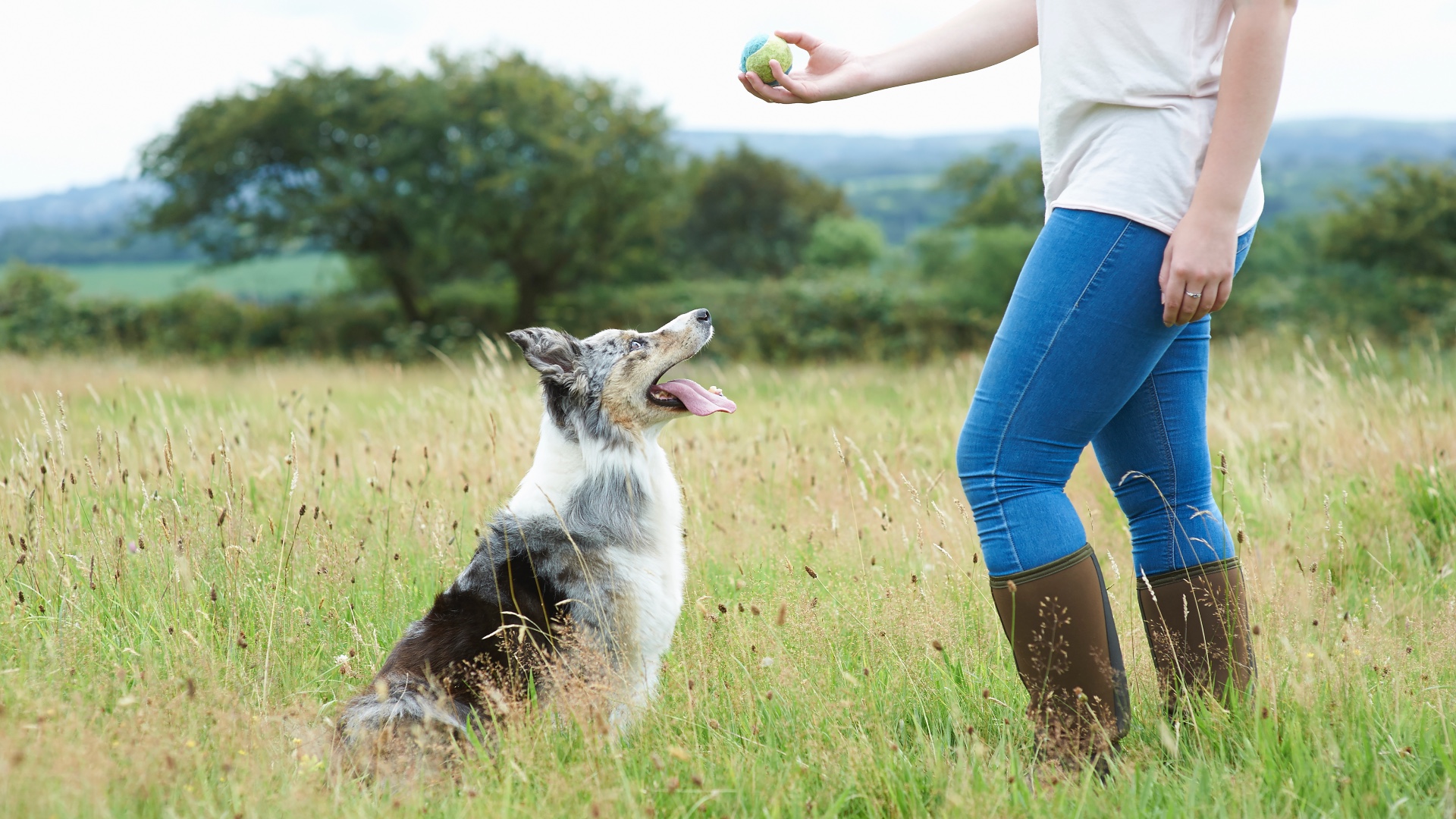
If you're anything like most pet parents, you'd probably love to have a magic wand that you could wave over your dog during training sessions to help them master any skill or command instantly.
But, as you're probably well aware, even with the best dog treats on hand, nothing about training is instantaneous - it takes time, patience and consistency to help your canine companion master the behavior that's expected of them.
However, according to Julianna DeWillems, owner and head trainer at JW Dog Training & Behavior, there is something you can do to help your dog drop challenging behaviors and replace them with more positive ones. And it's all about repetition and positive reinforcement.
In a clip posted to Instagram, which you can view above, DeWillems uses a real-life training session to highlight the importance of reinforcement in eradicating challenging behaviors.
Using the 'drop' command with the pup she's training, we can see the dog instantly release the item they've got - but DeWillems says it has nothing to do with the fact that she has treats in her pocket and is instead because of the number of times the dog has practiced dropping things on command.
"We had not worked on drop that day - this was a cold trial," DeWillems explains. "However, because we have practiced “drop it” hundreds of times over the past few years, the dog has gotten hundreds of treats for dropping on cue—so the dog’s response was strong."
DeWillems says teaching behaviors like 'drop it' and 'come' are a marathon not a sprint with each successful repetition building a small step towards reliability in the future. "This is why it's so important to practice, practice, practice!"
According to DeWillems, the most common scenario she sees is dog owners only teaching the 'drop' cue intermittently in challenging situations where their dog has something they really need to get off of them.
"Not only is the reinforcement history in this example going to be sparse, but the dog’s response might be spotty because the cue is only being used around level 100 distractions (chicken bones, trash, etc) that you haven’t trained up to yet.
To improve your dog’s responsiveness you would want to practice proactively with all sorts of items outside of “emergency” situations. This would build up your dog’s reinforcement history, resulting in an “oooh, I know and love this cue!” response from your dog."
DeWillems says that successfully training a new behavior or skill is not about one rep, but about all the reps that came before it.
"Think of it like every time you reward your dog for a behavior, you are depositing into that behavior’s bank account. Dogs will choose the behaviors that have the biggest bank accounts."
So next time you're training your dog, remember that both repetition and positive reinforcement are key. While results are never instantaneous, what you do now will pay dividends down the line when it comes to getting the desired behavior from your pup.
If you enjoyed the above article and are looking for more tips and tricks for training specific skills and behaviors, then we recommend checking out our guides on how to stop a dog from jumping up and how to crate train a dog.







